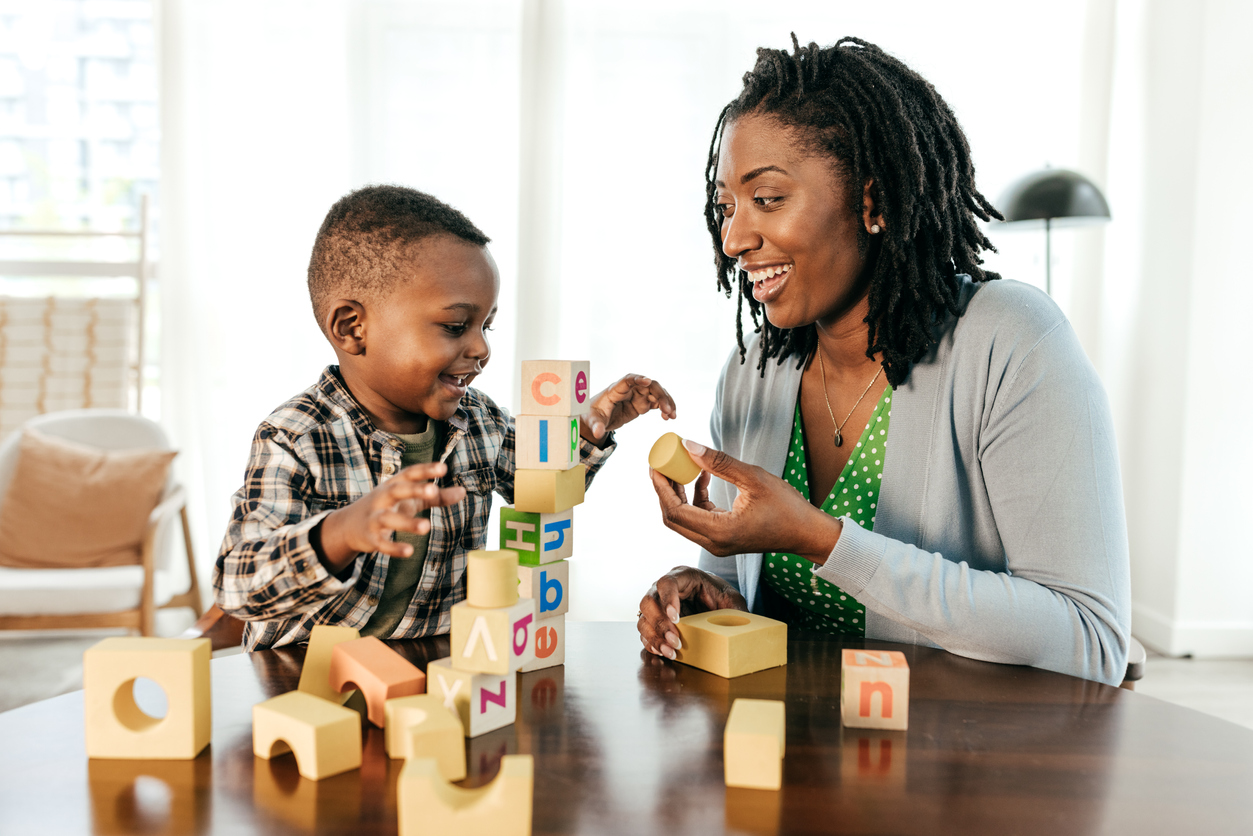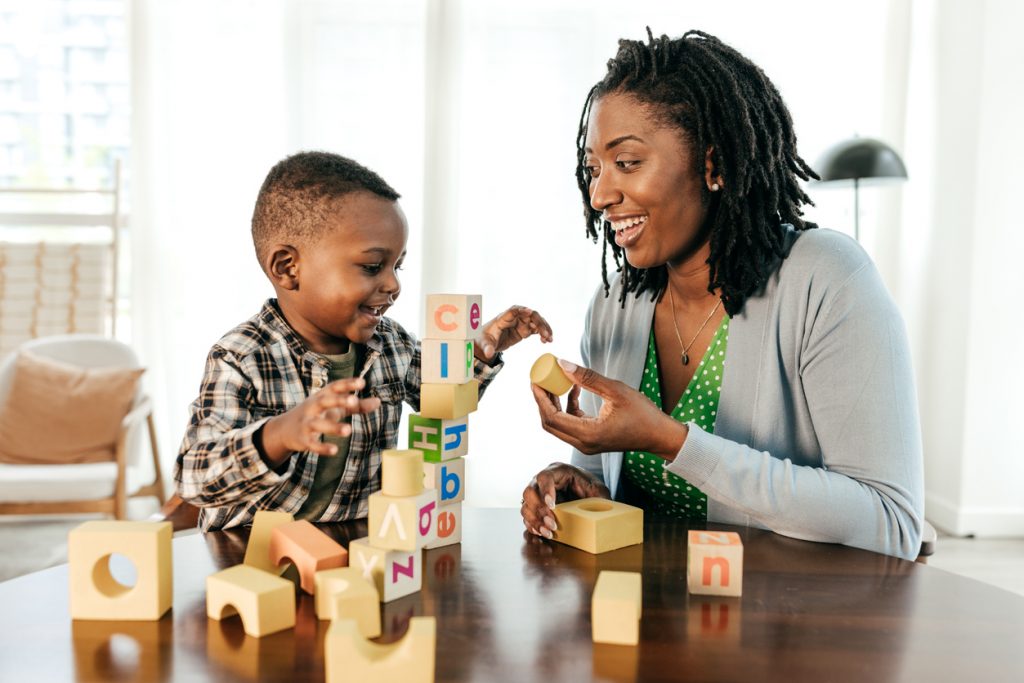
In the whirlwind of modern life, where careers and family responsibilities often demand our undivided attention, finding the delicate balance between work and family can be challenging. Yet, amidst the chaos, it’s crucial to prioritize quality time with our children. One effective way to achieve this is through creative play and learning.
In this blog post, we will explore the importance of fostering creativity in children, share a variety of do-it-yourself (DIY) projects and educational games, and discuss outdoor activities that not only entertain but also contribute to their holistic development. Additionally, we’ll delve into practical advice on managing work-life balance, time management, childcare options, and stress reduction techniques to help busy parents build lasting and meaningful relationships with their children.
The Power of Creative Play and Learning
Creative play is a fundamental aspect of a child’s development. It enhances cognitive, emotional, and social skills, fostering a well-rounded individual. By engaging in imaginative activities, children not only have fun but also sharpen problem-solving abilities, boost self-esteem, and develop crucial communication skills. Here are some DIY projects and educational games to kickstart the creative journey:
DIY Art and Craft Projects
Nature Crowns: Head outside and collect leaves, twigs, and flowers. Use colorful yarn or ribbons to weave them into whimsical crowns for each other.

Sock Puppets: Raid your sock drawer and give old socks a new life! Decorate them with buttons, felt, and markers to create silly monsters, adorable animals, or even your favorite storybook characters.
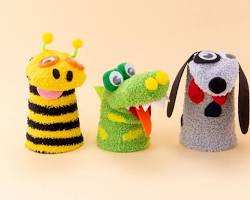
Salt Dough Ornaments: Mix flour, salt, and water to create a soft dough. Let your kids cut out shapes, decorate them with paint or glitter, and bake them for festive holiday ornaments or personalized keepsakes.

Paper Bag Puppets: Brown paper bags transform into anything you can imagine! Draw faces, add ears and tails, and use them to put on a puppet show together.

Educational Games
Scavenger Hunts: Create a list of clues based on things you can find around the house, park, or neighborhood. Let your children race around, solving riddles and collecting items to win the game.

DIY Memory Game: Decorate old playing cards or cardboard squares with matching pictures or words. Flip them over and see who can remember the most pairs.

Sensory Bin: Fill a bin with rice, beans, or pasta and add small toys, scoops, and cups. This open-ended activity encourages exploration, tactile development, and creativity.
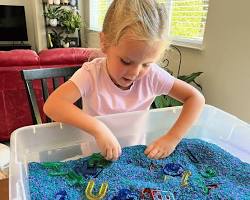
Storytelling Dice: Decorate wooden cubes with pictures or write prompts on each side. Roll the dice and take turns creating a story based on the prompts.
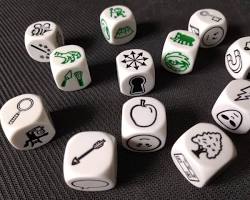
Outdoor Adventures
Backyard Camping: Pitch a tent in your backyard, roast marshmallows over a fire pit (with adult supervision, of course!), and tell spooky stories under the stars.

Nature Walk: Explore a local park or nature trail. Collect leaves, identify different trees, and look for insects and birds. Talk about the importance of protecting the environment.

Obstacle Course: Set up a backyard obstacle course using cones, blankets, and pillows. Time yourselves and see who can complete it the fastest.
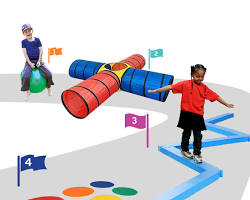
Gardening: Plant seeds together and watch them grow. Teach your children about the responsibility of caring for living things.

Remember, the most important thing is to have fun and spend quality time together. Adapt these ideas to your child’s age and interests, and don’t be afraid to get messy and creative!
Work-Life Balance
Practical Tips for Busy Parents Achieving a harmonious work-life balance is a universal challenge, but with the right strategies, it’s possible to create meaningful connections with our children. Here are some practical tips:
Scheduling and Time Management
- Create a shared calendar: Include work commitments, family activities, appointments, and time for leisure. This helps everyone visualize the family’s schedule and plan together.
- Set boundaries: Define dedicated work hours and stick to them as much as possible. Let colleagues and clients know your non-work hours to discourage calls or emails outside those times.
- Plan “quality time” blocks: Schedule specific times in your day or week for uninterrupted time with your children. These can be dedicated play sessions, bedtime routines, or shared meals.
- Delegate and outsource: Don’t feel obligated to do everything yourself. Ask your partner, family, or friends for help with errands, chores, or childcare. Consider hiring occasional cleaning or meal prep services to free up your time.
- Learn to say “no”: Don’t overload your schedule with unnecessary commitments. It’s okay to decline invitations or extra work tasks that would encroach on your family time.
Prioritizing and Reducing Stress
- Focus on high-impact tasks: Identify the most important tasks at work and focus on completing those first. Delegate or eliminate less important tasks to free up your time.
- Use technology to your advantage: Utilize scheduling apps, project management tools, and communication platforms to streamline your workflow and reduce your need to be constantly connected.
- Manage stress levels: Exercise regularly, eat healthy foods, practice mindfulness techniques, and get enough sleep. Taking care of yourself will make you a more present and engaged parent.
- Embrace imperfection: Don’t strive for a picture-perfect life. There will be messy days and unexpected challenges. Accept that it’s okay to be flexible and adjust your plans when needed.
Engaging with Your Children
- Be present: Turn off distractions like phones and screens during your “quality time” with your children. Give them your full attention and listen actively to what they have to say.
- Focus on activities: Engage in activities you both enjoy, whether it’s playing games, reading stories, going for walks, or simply talking and laughing together.
- Make mealtimes meaningful: Use mealtimes as an opportunity to connect with your children, talk about their day, and share stories.
- Create rituals: Establish regular routines and traditions that your children can look forward to, like bedtime stories, family game nights, or weekend outings.
- Show affection: Shower your children with love and affection through hugs, kisses, and positive words. Make them feel valued and secure in your relationship.
Prioritizing What’s Important
In the fast-paced world we live in, it’s easy for the demands of work to overshadow the importance of family. However, by prioritizing creative play and learning, we can not only contribute to our child’s development but also build strong, lasting relationships. Balancing work and family life requires intentional effort, but with practical strategies like time management, childcare considerations, and stress reduction techniques, parents can create a nurturing environment for their children. Remember, the key is not just finding time but making the most of the time you have together. In doing so, we invest in the future, creating memories that will endure and relationships that will stand the test of time.
For more ideas on how to nurture family relationships with children of all ages, visit our website to review our Nurturing Parenting programs.

